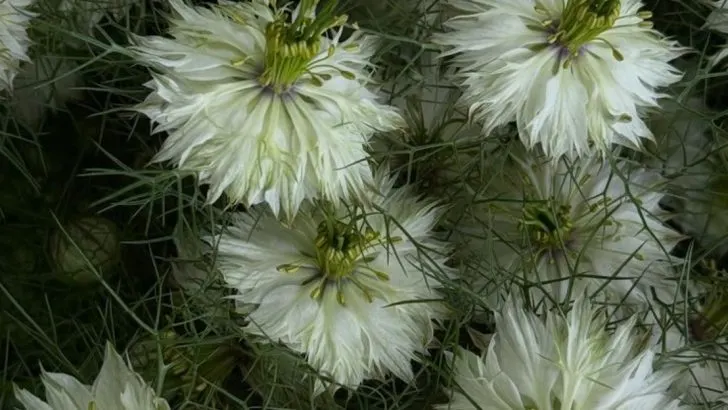If you love the color and vibrancy of annuals but dread the thought of replanting them every year, there’s good news. Some annuals are such prolific self-seeders that they come back on their own—season after season—giving you the beauty of perennials without the commitment.
These clever plants drop seeds at just the right time, germinate when conditions are right, and reappear year after year as if they never left. They’re the secret to a garden that feels effortless yet ever-blooming, with fresh bursts of color that renew themselves naturally.
In this article, we reveal 13 of the most reliable self-seeding annuals—plants that make your garden look like you’ve been hard at work when nature’s actually doing the heavy lifting. Plant them once, enjoy them again and again.
Nigella (Love-in-a-Mist)
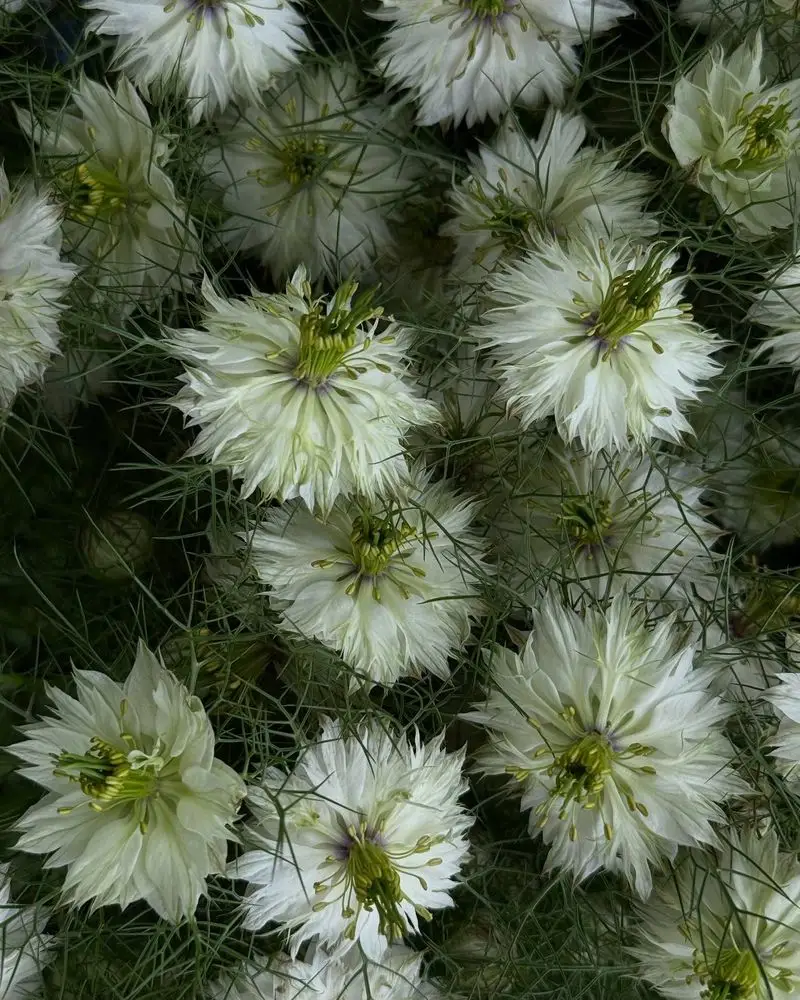
Nigella, often called Love-in-a-Mist, captivates with its intricate blooms and delicate greenery. This charming annual is a favorite among gardeners for its ability to self-seed, ensuring a delightful display each spring. Its flowers, a blend of blue, white, or pink, emerge above frilly leaves, adding an airy texture to beds and borders. The seed pods, resembling whimsical lanterns, provide added interest even after the blooms fade.
Planting Nigella in a sunny spot with well-drained soil can yield a spectacular, self-sustaining show that surprises and delights every season. They’re particularly stunning when scattered throughout cottage gardens, offering a touch of nostalgia.
Calendula (Pot Marigold)
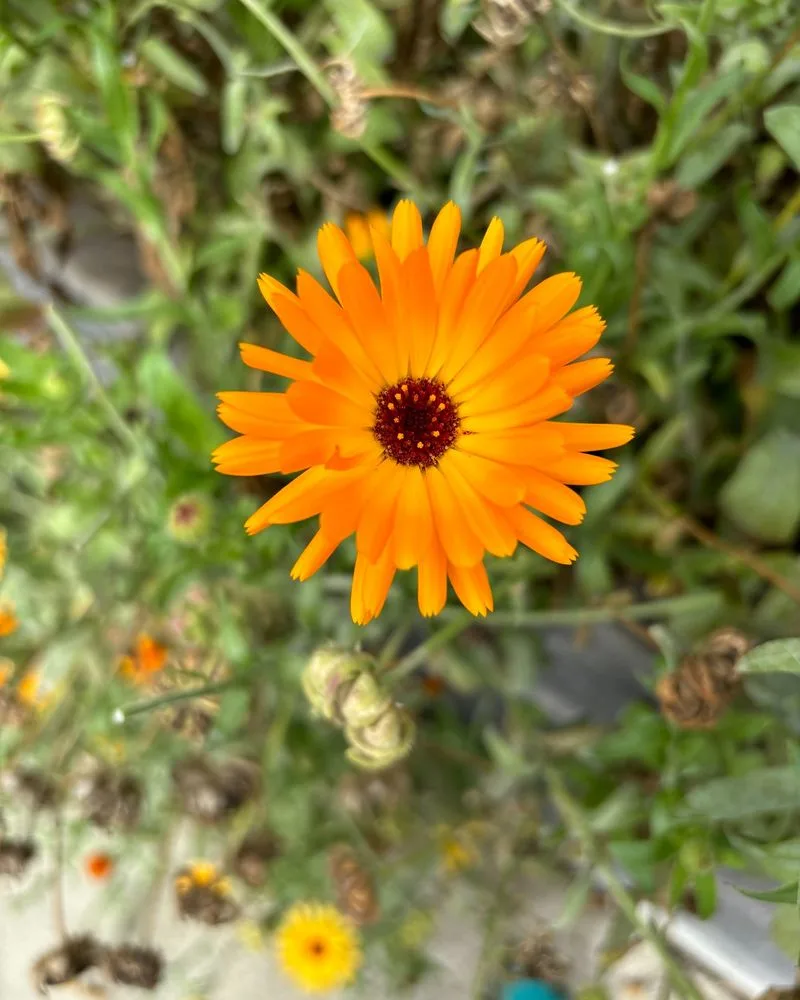
Calendula is known for more than just its cheerful orange and yellow blossoms. This robust annual has a knack for self-sowing, ensuring its sunny presence year after year. Appreciated for its herbal qualities, Calendula is often found in medicinal gardens, lending its petals to soothing balms and teas.
Beyond its practical uses, it attracts pollinators like bees and butterflies, enhancing the ecological value of any garden. Grow it in full sun to enjoy its vibrant color and subtle, spicy fragrance throughout the growing season.
With minimal effort, Calendula can transform garden spaces into a lively tapestry.
Poppies (Papaver species)
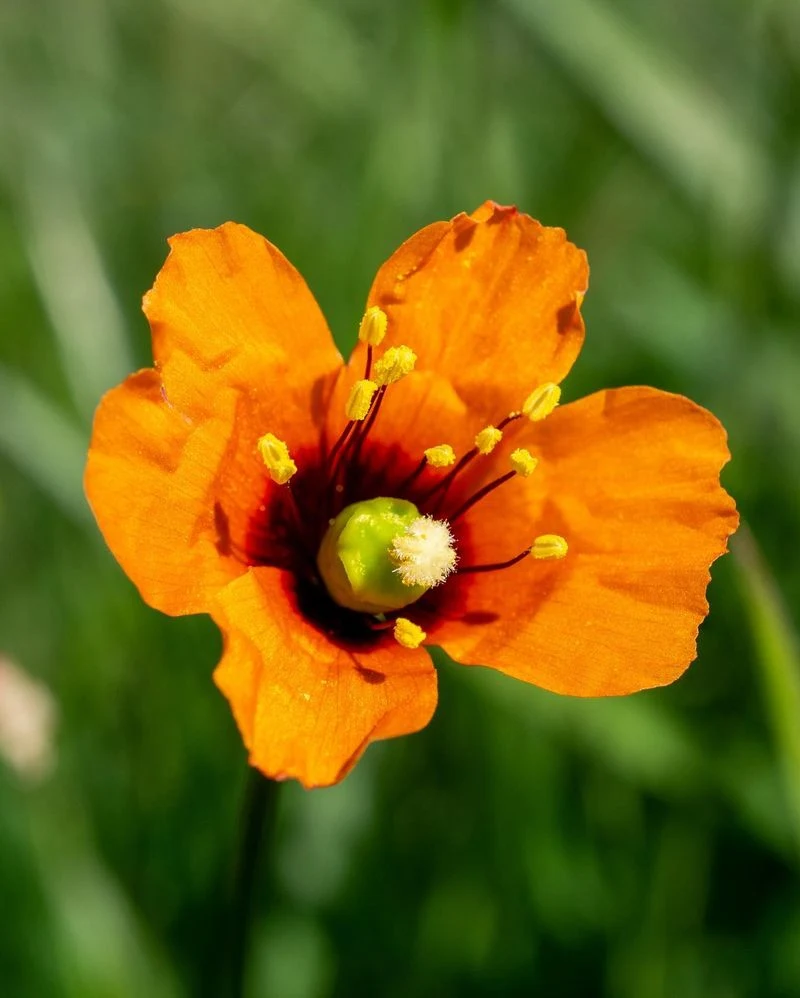
Poppies, with their striking hues and delicate petals, have long been symbols of remembrance and beauty. These annuals are prolific self-seeders, spreading their seeds with the wind’s help, ensuring they return in larger numbers each year. Their papery blooms create a stunning contrast with their gray-green foliage, adding a splash of color to any landscape.
Ideal for informal garden settings, poppies thrive in sunny, well-drained areas.
Their ability to reseed allows gardeners to enjoy their fleeting beauty without the frustration of replanting. Each spring brings a renewed burst of color, courtesy of these resilient plants.
Larkspur (Delphinium consolida)
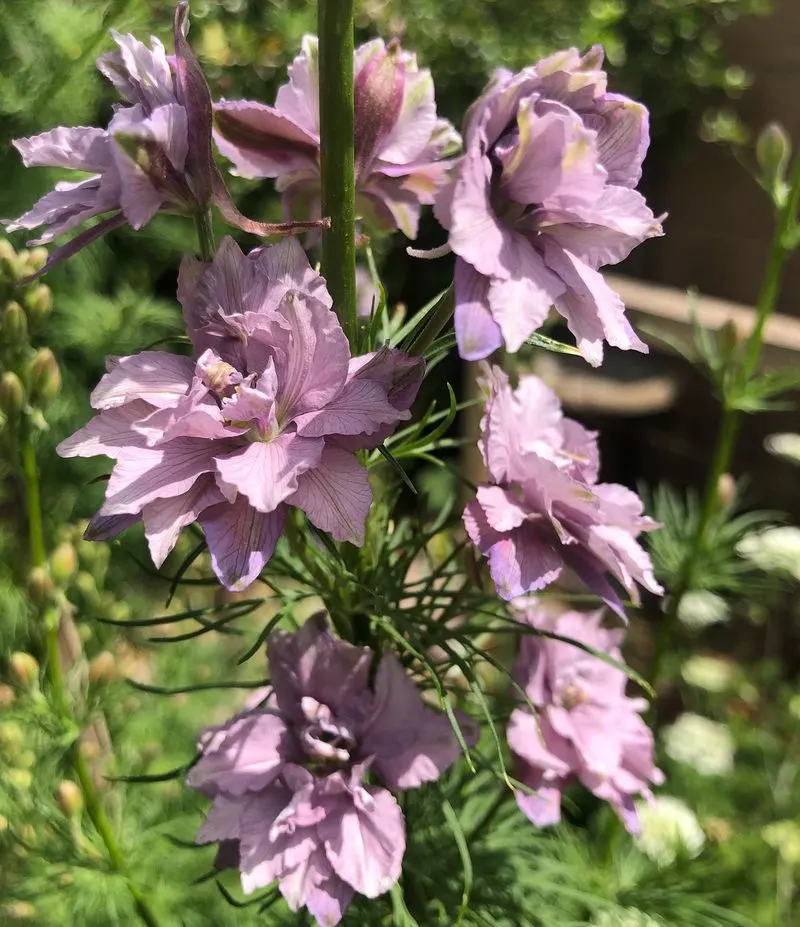
Larkspur captivates with its tall, elegant spikes of vibrant blue, pink, or white flowers. This annual version of the delphinium family self-seeds with ease, often surprising gardeners with spontaneous clusters in various garden spots.
The plant’s stature adds vertical interest, making it ideal for cutting gardens and mixed borders. Larkspur prefers cooler weather and well-drained soil, which supports its natural re-emergence year after year.
Its historical use as a dye and in folklore adds a layer of intrigue to its already charming presence. A garden with Larkspur is never dull, always full of surprises.
Cosmos (Cosmos bipinnatus)
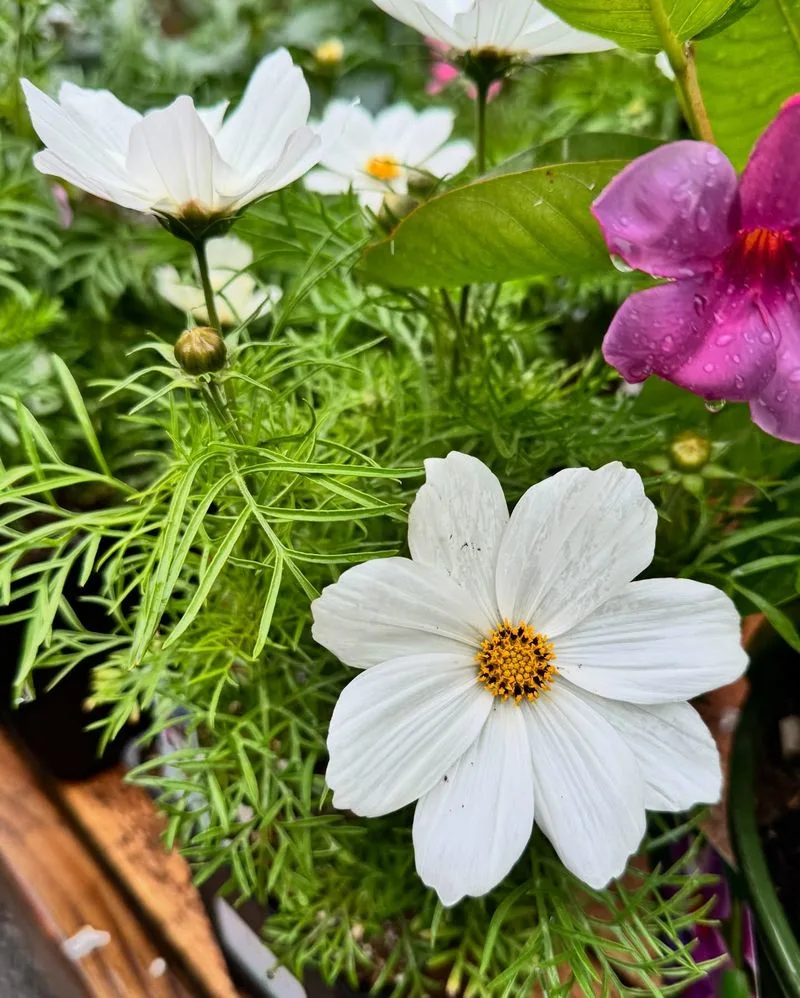
Cosmos are the quintessential cottage garden flowers, with their dainty, daisy-like blooms and feathery foliage. Known for their resilience and ability to self-seed, these annuals can transform any garden into a sea of pink, white, and orange hues. They’re particularly adept at filling in gaps, creating a natural, unstructured look.
Cosmos thrive in poor to average soil, needing little more than sunlight to flourish.
Their carefree nature and long blooming period make them a favorite for attracting butterflies and bees, enhancing biodiversity in the garden. A touch of whimsy, courtesy of Cosmos, is always welcome.
Borage (Borago officinalis)
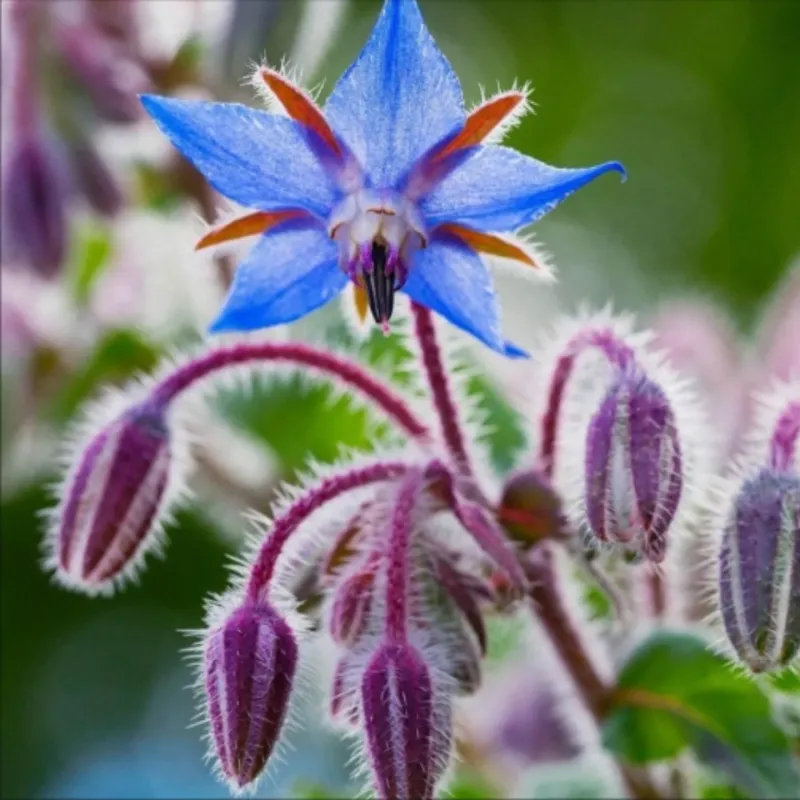
Borage, with its star-shaped blue flowers, not only beautifies gardens but also enriches them ecologically. This hardy annual is a prolific self-seeder, ensuring its place in the garden year after year. Its leaves and flowers are edible, often used to add a cucumber-like flavor to salads and drinks.
Borage thrives in full sun and well-drained soil, and its ability to attract pollinators makes it a valuable companion plant.
Beyond its beauty and utility, the plant’s historical use in herbal medicine adds depth to its presence. Regular appearances in the garden are guaranteed with Borage.
Cleome (Spider Flower)
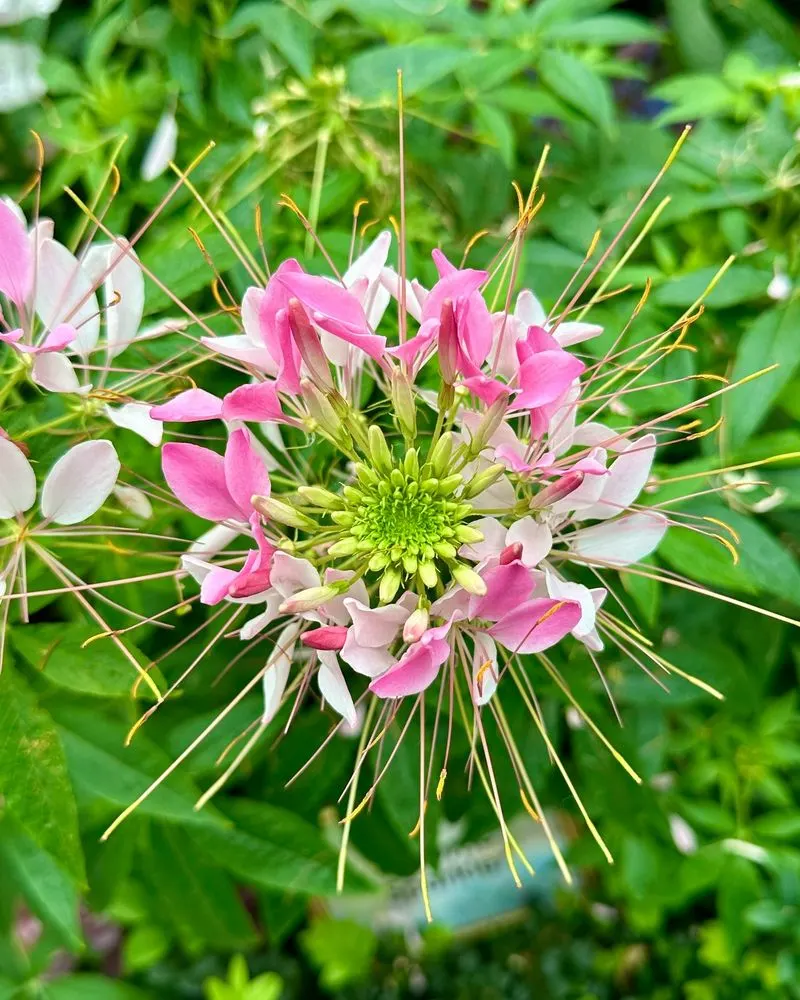
Cleome, also known as Spider Flower, earns its name from the unique, spidery appearance of its blooms. This annual’s ability to self-seed ensures gardens remain lively with tall, colorful displays each summer. Cleome’s flowers, ranging from pink to white to purple, rise above sticky stems, adding height and drama to garden beds.
These plants thrive in sunny locations with well-draining soil, making them easy to grow and maintain.
Their distinct scent and structure attract both human admirers and pollinators alike. Cleome offers a visually striking, long-lasting presence for minimal effort.
Cornflower (Centaurea cyanus)
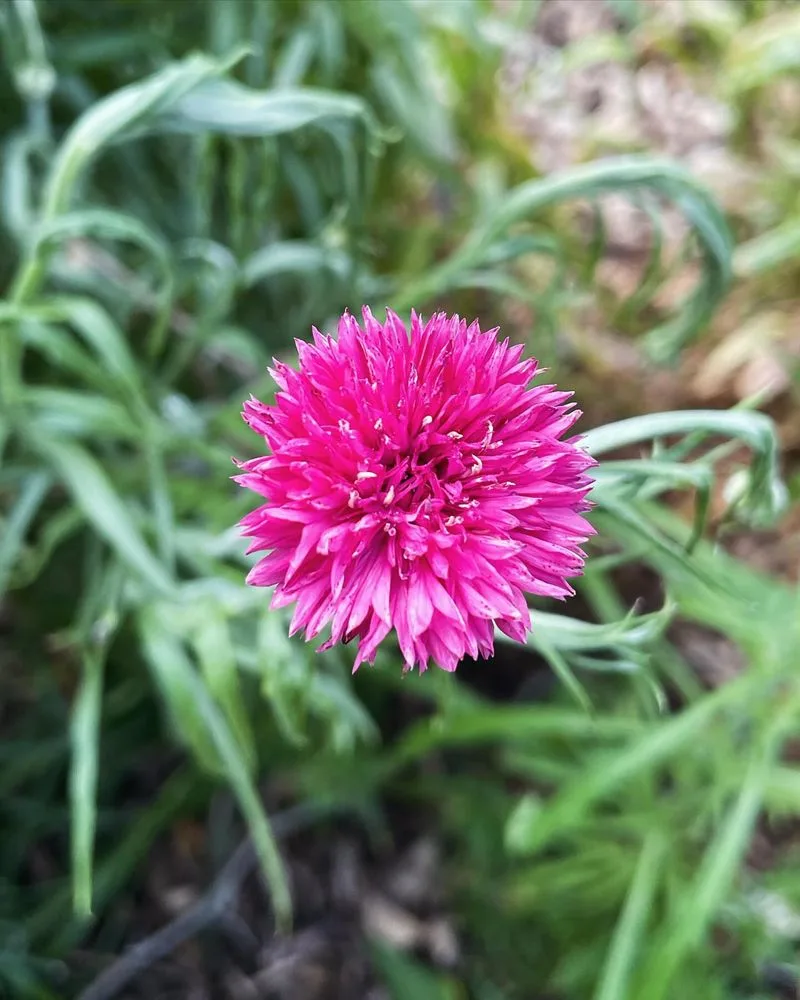
Cornflower, with its vivid blue blooms, is a classic addition to any wildflower or cottage garden. This hardy annual not only brings a pop of color but also seeds itself readily, ensuring its return year after year. Its charming, thistle-like flowers are beloved by pollinators, adding ecological value to its aesthetic appeal.
Cornflowers thrive in full sun and are well-suited to poorer soils, where they can flourish with minimal care.
Their historical use as an ingredient in traditional recipes and as a dye adds an old-world charm to their presence. A perennial favorite among gardeners, indeed.
Zinnias
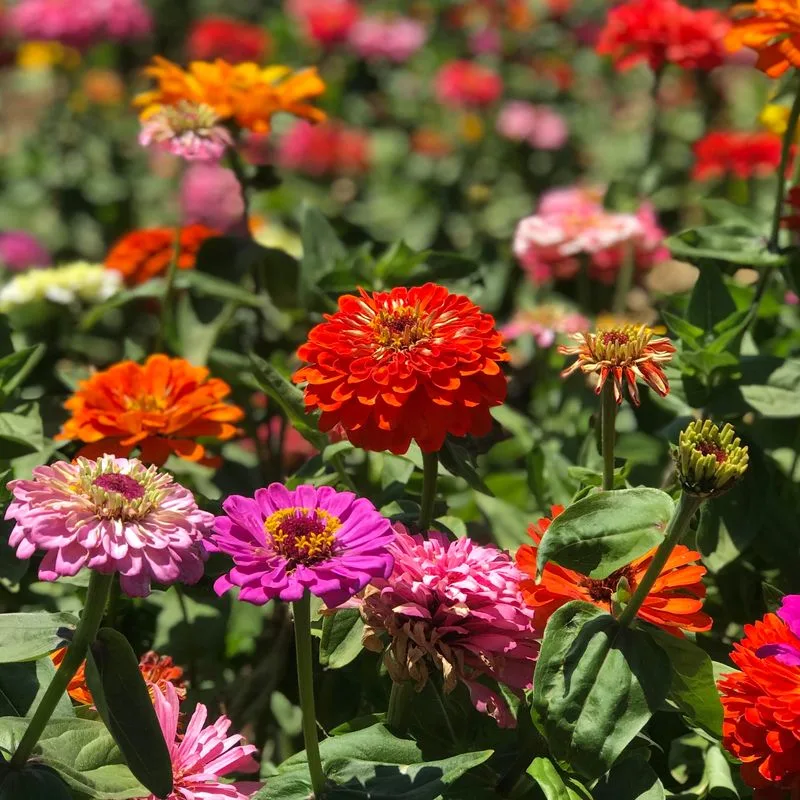
Zinnias stand out with their bold, colorful blooms that bring a lively energy to any garden. These annuals are proficient self-seeders, promising a vibrant display season after season. Known for their durability and ease of growth, Zinnias adapt well to different environments but prefer a sunny, well-drained space.
Their blooms, ranging from reds and oranges to pinks and purples, attract butterflies, adding movement and life to gardens.
Zinnias’ historical significance as symbols of endurance and lasting friendship adds a meaningful layer to their cheerful presence. A garden staple, they never fail to impress.
Sunflowers (Helianthus annuus)
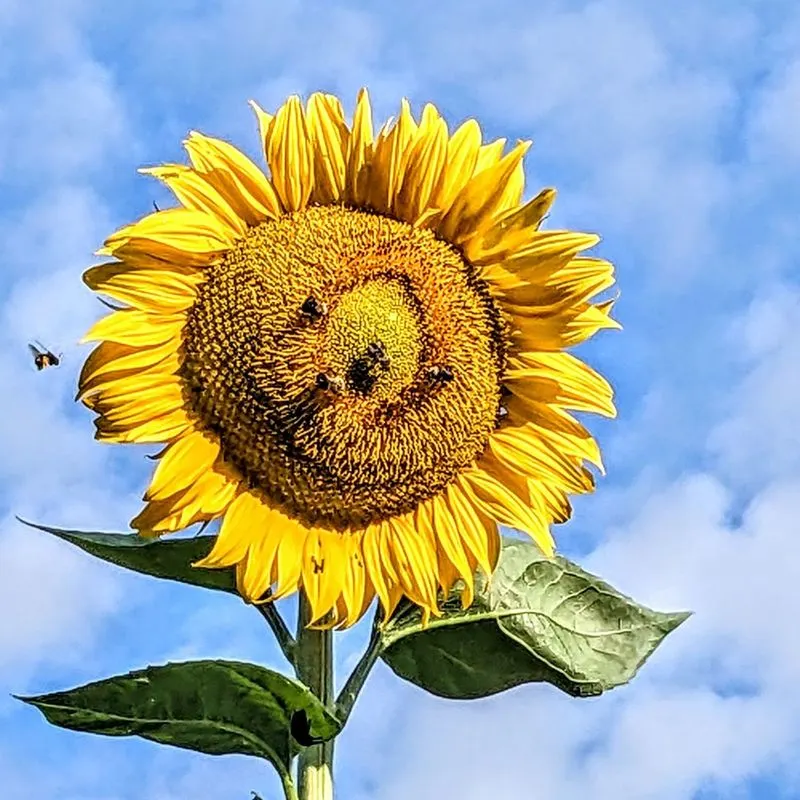
Sunflowers, with their towering stems and bright, cheerful faces, are a symbol of summer. These annuals, known for their ability to self-seed, can create impressive displays year after year. Sunflowers thrive in sunny, well-drained locations and can grow to remarkable heights, making them a favorite among children and adults alike.
Their seeds attract birds, adding an interactive element to the garden.
Beyond their visual appeal, sunflowers have been cultivated for their oil and seeds, adding an economic aspect to their charm. Yearly returns are a given, as they leave gardeners anticipating their sunny blooms.
Sweet Alyssum (Lobularia maritima)
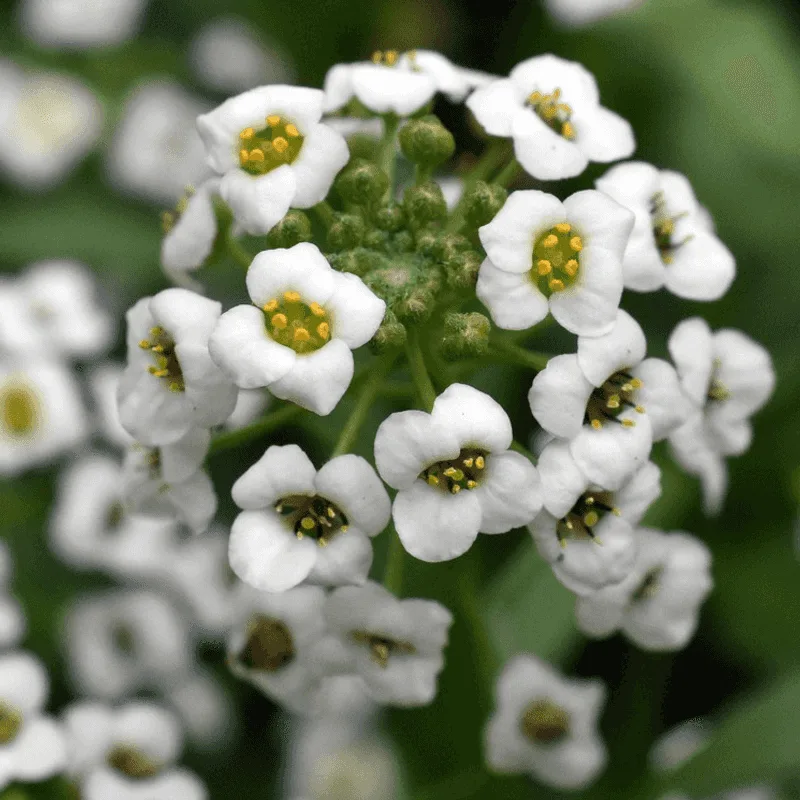
Sweet Alyssum is celebrated for its sweet fragrance and delicate clusters of tiny white flowers. This low-growing annual is a prolific self-seeder, often forming a fragrant carpet that delights the senses. Sweet Alyssum thrives in full to partial sun and adapts well to various soil conditions, making it an easy addition to borders and rock gardens.
Its ability to attract pollinators adds ecological benefits, enhancing the garden’s overall health.
Historically used in herbal remedies, Sweet Alyssum offers more than just aesthetic appeal. Its gentle presence and ease of care make it a gardener’s favorite.
Nasturtium (Tropaeolum majus)
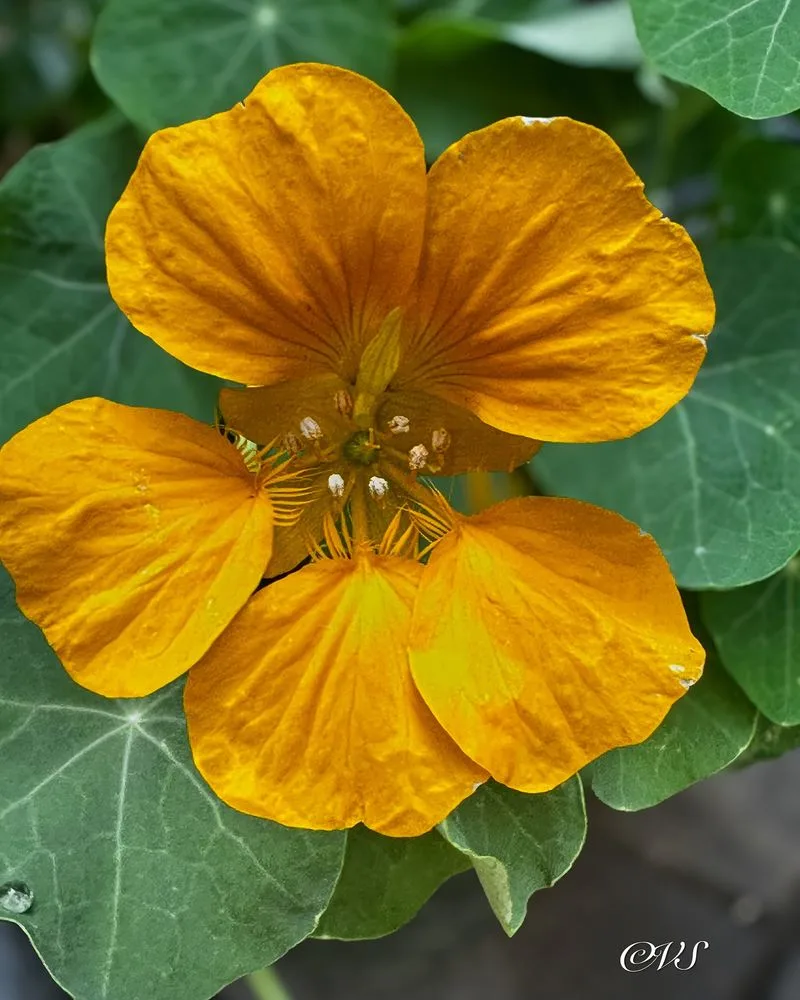
Nasturtium, with its bold, peppery-scented blooms, brings vibrant color and edible appeal to gardens. Known for its ease of growth and ability to self-seed, this annual ensures its presence year after year. Both the leaves and flowers of Nasturtium are edible, often used in salads for a peppery kick.
It thrives in sunny, well-drained areas and can elegantly cascade over edges, adding visual interest.
Beyond its culinary uses, Nasturtium’s historical symbolism of victory adds a triumphant flair to its garden role. Its reliability and vibrant hues make it an enduring garden favorite.
Bachelor’s Buttons (Centaurea cyanus)
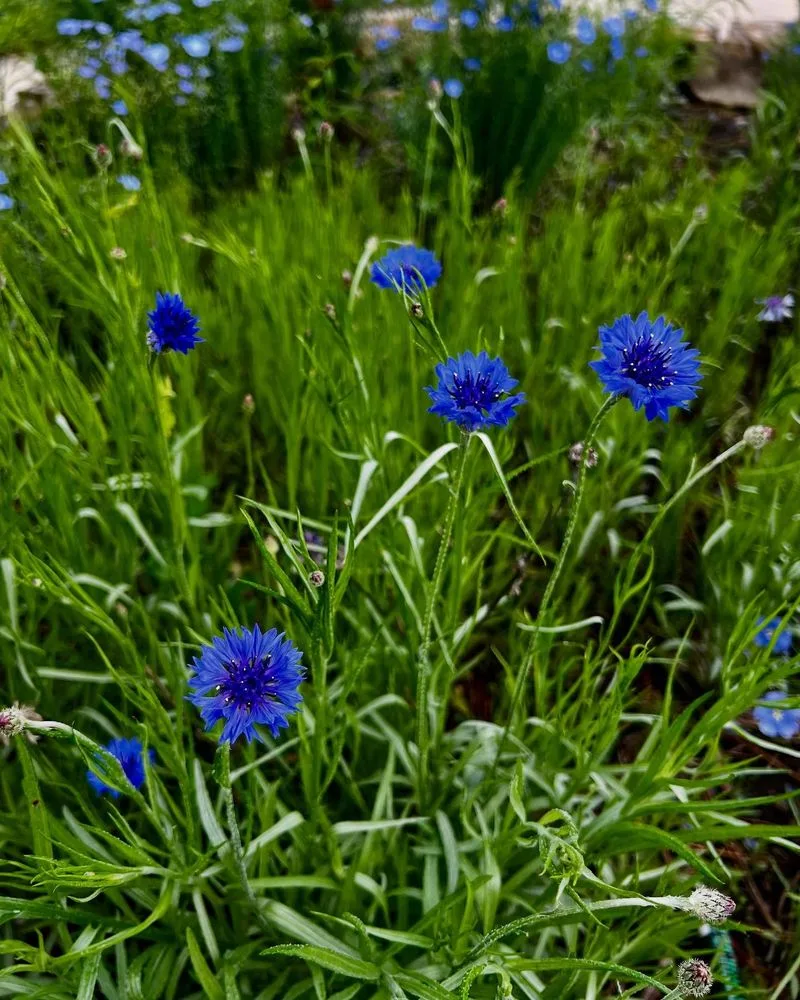
Bachelor’s Buttons, also known as Cornflower, are small but mighty in their garden impact. These charming blue blooms are easy self-seeders, popping up reliably each year. Often associated with nostalgia and simplicity, they bring a touch of classic charm to any setting. Bachelor’s Buttons thrive in sunny areas and adapt to various soil types, requiring minimal care.
Their historical significance as symbols of hope and remembrance adds depth to their aesthetic appeal.
As they attract a variety of pollinators, these flowers contribute positively to the garden’s ecosystem, ensuring they remain a beloved choice for many.

